Wet Feather
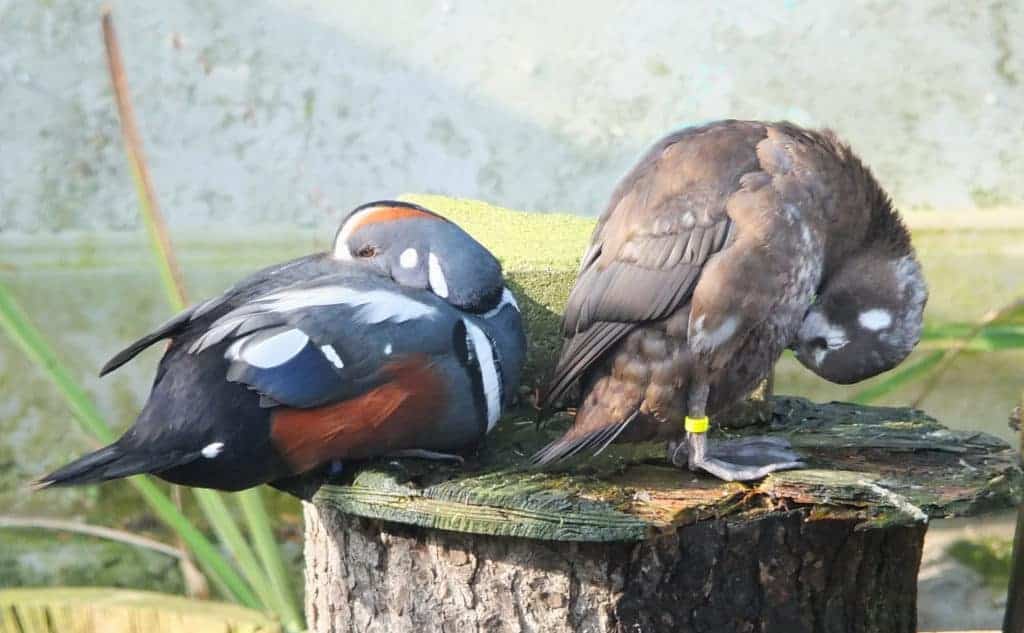
Wet feather refers to the loss of integrity of the feathers. There are two elements to such problems: loss of production of oil from the preen gland and physical damage to the barbs and barbules which allow the feathers to ‘zip’ up. Think of a line between these 2 points and a problem with feathers will fall at some point between them.
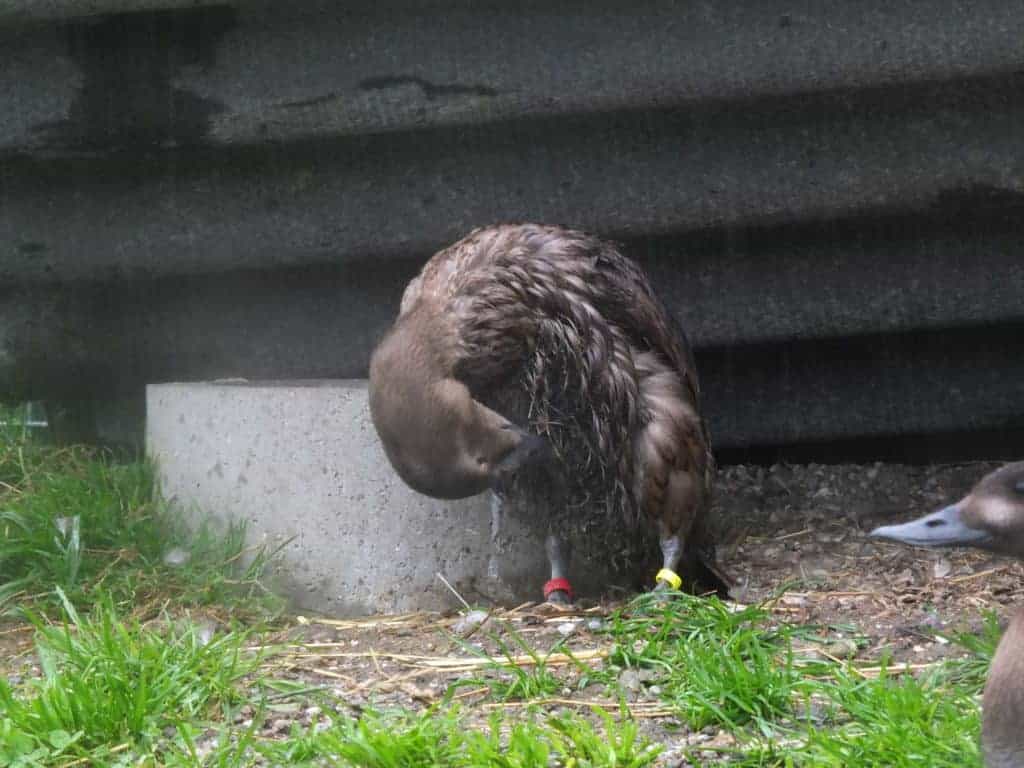
If the primary cause of the wet feather is a preen gland infection or feather mites, these should be treated. Similarly, any management problem must be addressed, including reducing stress factors for birds that over preen. Affected birds will likely know their own limitations and may avoid the water. Those normally keen to stay in the open may seek shelter from the rain. It may be necessary to keep them under cover during the coldest and wettest months. You should ensure that their diet is sufficient, as they will use more energy to keep warm than a healthy bird.
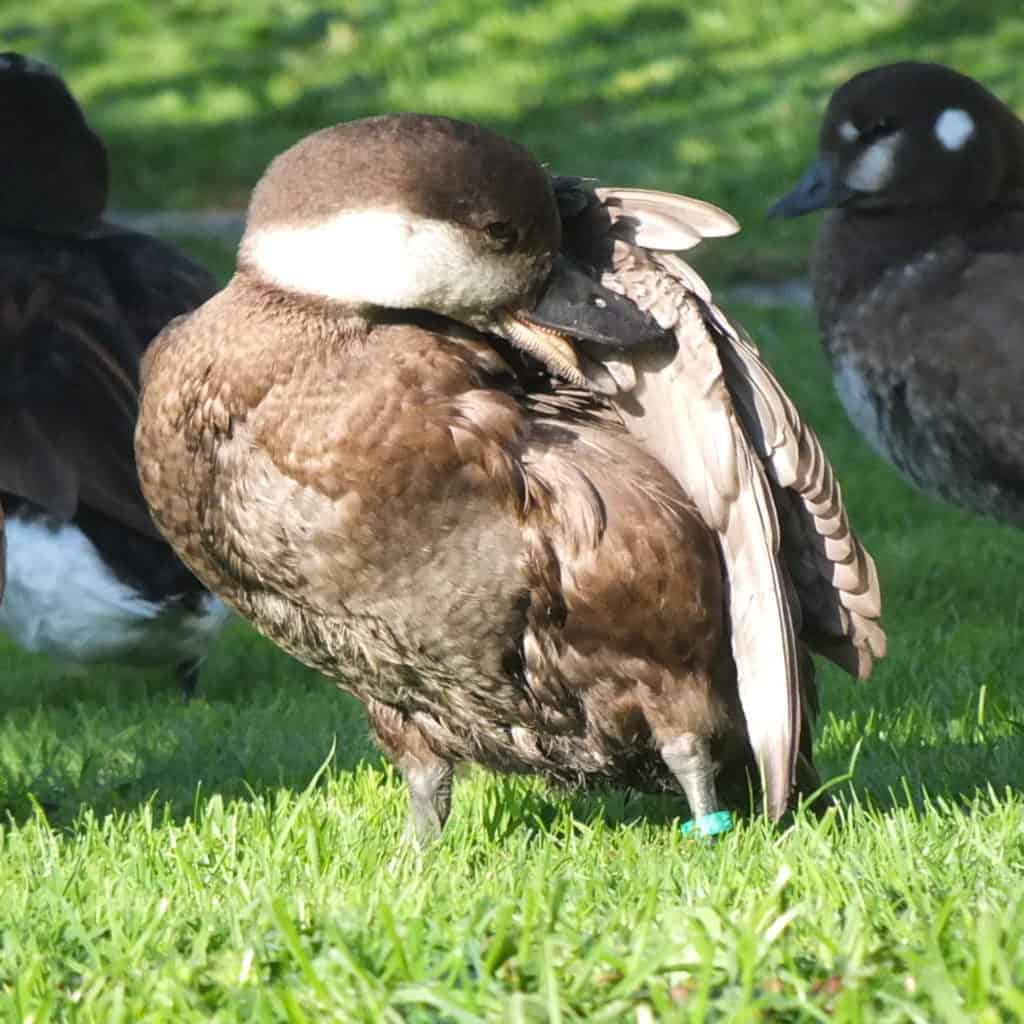
and broken feathers
The uropygial or ‘preen’ gland is particularly well developed in waterfowl and we are all familiar with the nibbling and wiping that waterfowl do as part of their hygiene ritual. The oil from this gland does not actually waterproof the feathers but it does keep them supple and slightly hydrophobic. The physical barrier of the contour feathers locked together forms an ‘overcoat’, which cover the down feathers that trap air both for temperature regulation and buoyancy. Waterfowl know their survival is dependent on keeping the overcoat, or ‘integument’, in good order, so a high proportion of their time is spent on preening.
The preen gland can become infected or less productive with age, and this will certainly affect the ability of the bird to keep the feathers in a good condition. Factors that cause physical damage to the feather include hard pond edges, oily debris on the water surface, mud, overpreening, and, occasionally, feather mites.
With the contour feathers damaged, the down is exposed, and the bird tends to fiddle with the patch. It may paddle furiously when on the water, attempting to keep the patch dry.
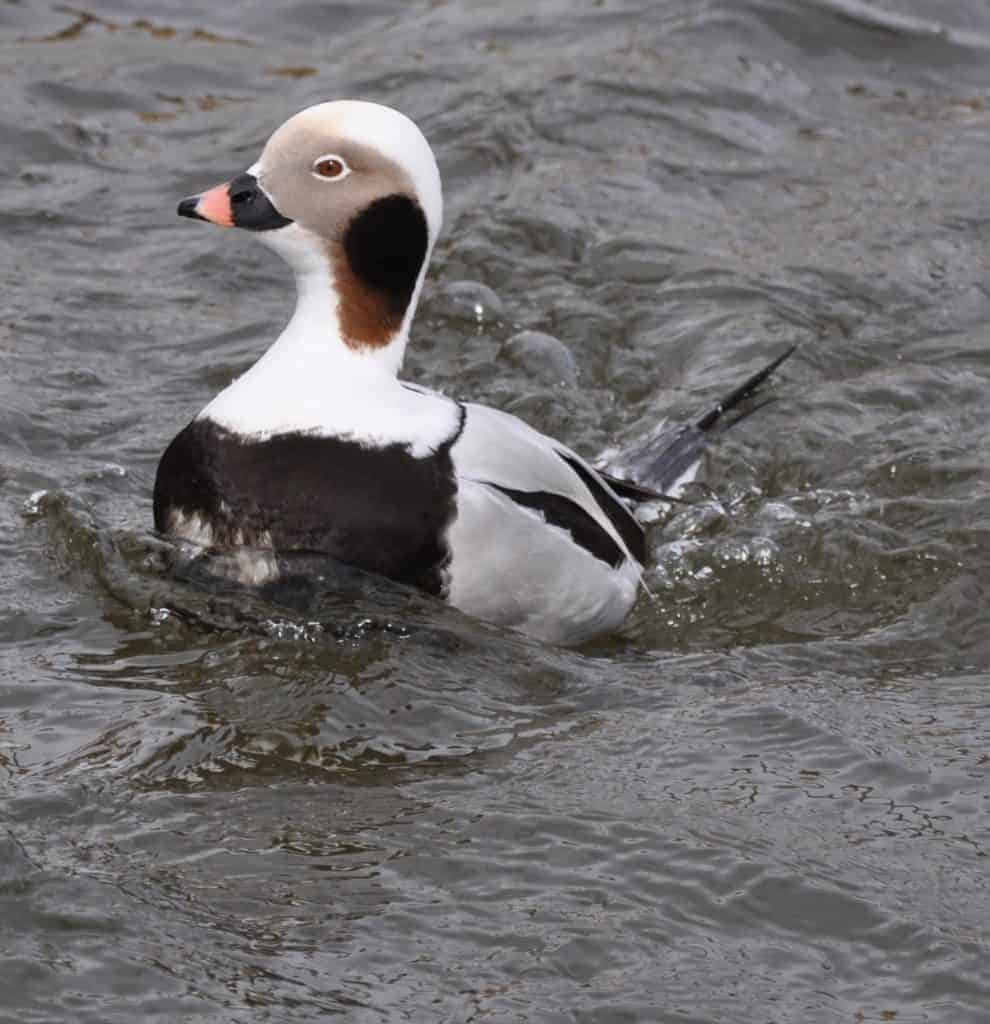
The instinct to preen is so strong that feathers can be damaged when birds over preen. Some birds may do that when they are under stress. The barbules break and the bird knows something is not right, so preens some more and makes it worse. If it is simply mechanical damage (without underlying feather mite, preen gland problem, etc), the problem may go away when the bird next moults. However, it may happen again and may get worse in older birds.
The stress of having wet feather may also lead to other problems, such as aspergillosis.
Another cause is the Cladosporum spp of mould that lives on willow trees in particular. This can grow on the feathers and thus cause over-preening. Washing the bird may help but would also cause stress. Not having willow trees in an enclosure is the obvious long-term solution here and after removal of the willows, once the bird(s) moult, the feathers should grow back again normally.
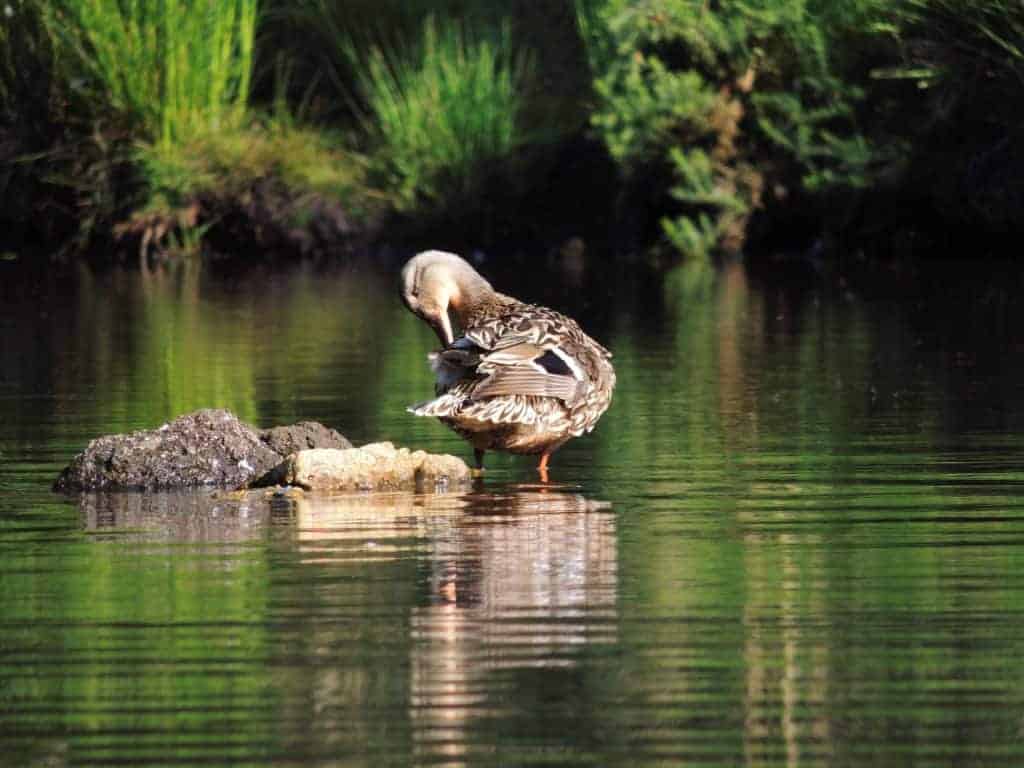
As with all matters of health, stress and poor conditions increase the likelihood of problems.
Share this page
